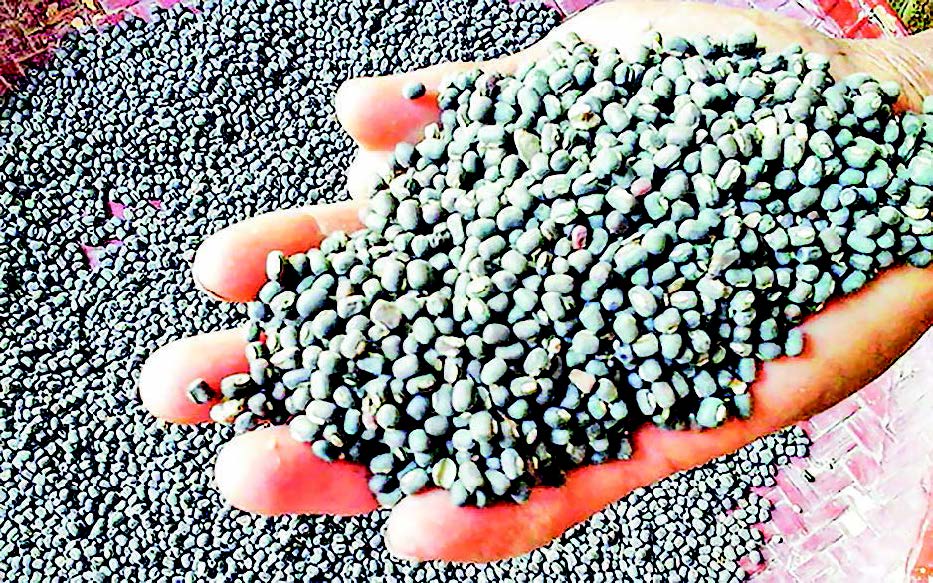Myanmar’s black gram price remains stable as foreign demand has been slowing down.
Traders from Ayeyawady Region report flat pricing of black gram from the beginning of May. Low demand for India’s mills led to a decline in black gram prices in Myanmar. Black gram from Madhya Pradesh State has been flooding the market, India’s news outlets stated.
Myanmar’s black gram prices declined compared to those of the corresponding period last year. Growers are expecting high prices due to high input costs.
India imported 31 per cent more black grams this financial year. India’s bean production is likely to drop due to adverse weather conditions. Consequently, the price is expected to rebound.
India has extended the free import policy of black gram (urad) until March 2026, the Directorate General of Foreign Trade, Ministry of Commerce and Industry, Government of India, announced on 10 March.
This policy is to meet the growing demand in India, traders stressed. India is the main buyer of Myanmar’s black gram and pigeon peas. Consequently, the prices of black gram and pigeon pea are closely tied to India’s demand and fluctuations in the foreign exchange market.
Myanmar mainly exports black gram, green gram and pigeon pea to India. Of them, black gram and pigeon peas are primarily shipped to India, while green gram is exported to China and Europe.
India has growing demand and consumption requirements for black grams and pigeon peas. According to a Memorandum of Understanding between Myanmar and India signed on 18 June 2021, India will import 250,000 tonnes of black grams and 100,000 tonnes of pigeon peas (tur) from Myanmar for five consecutive years from the 2021-2022 financial year to the 2025-2026 financial year. This G-to-G pact will not affect the pulses’ annual quota set by India. Myanmar’s exporters are also entitled to deliver the pulses to India under that yearly quota.
The Myanmar Pulses, Beans, Maize and Sesame Seeds Merchants Association stated that black grams, which India primarily purchases, are commonly found only in Myanmar, whereas pigeon peas, green grams and chickpeas are grown in African countries and Australia. — NN/KK


